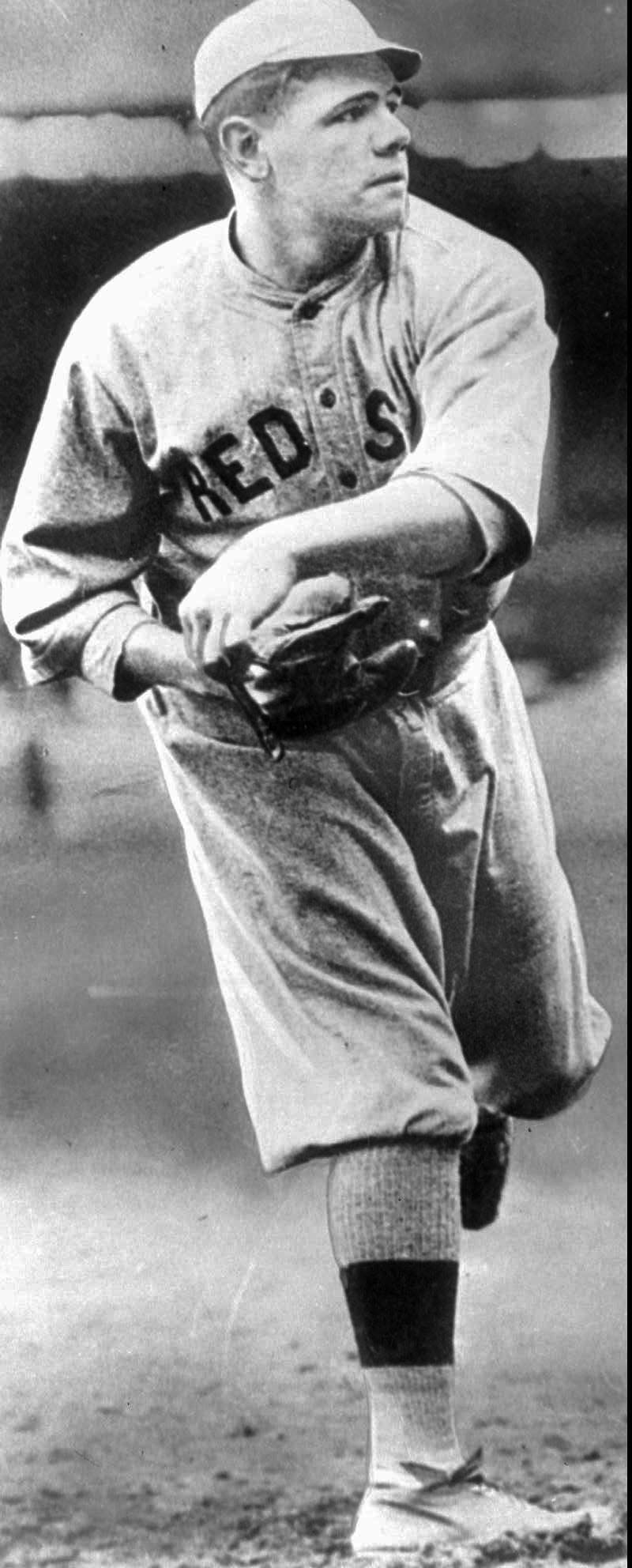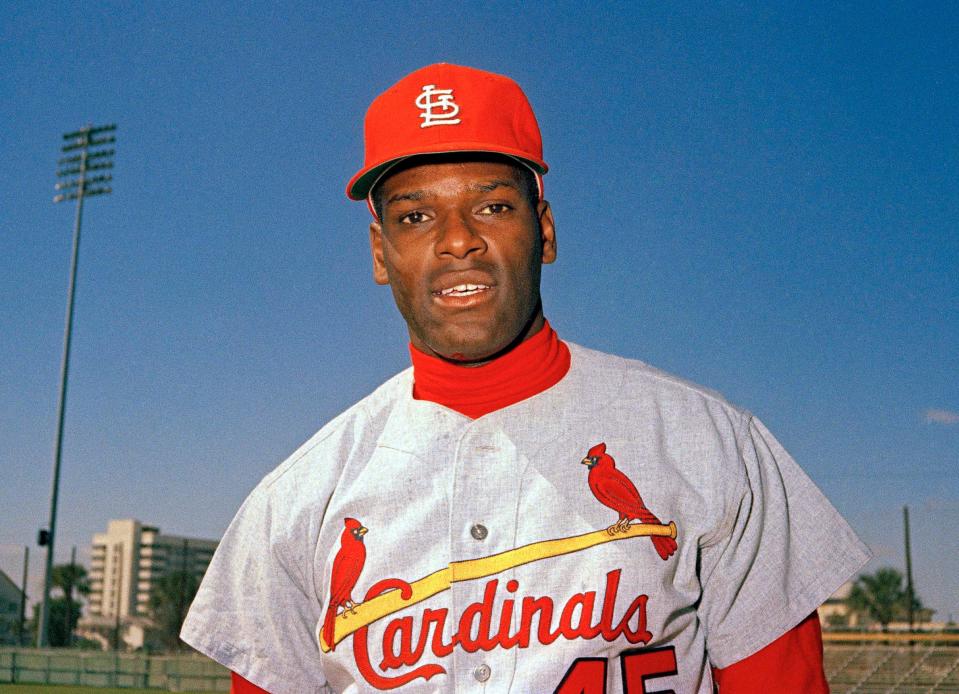Yes, Shohei Ohtani is a singular sensation, but what if ...? | KEN WILLIS
You can’t help but admire Shohei Ohtani. Can’t help but be a fan.
What’s not to like?
What’s not to respect in awestruck ways? He's leading the league in all the important power-hitting categories (and triples, by the way) while also ranking among the top starting pitchers.
“Baseball has never seen anyone like him,” is a common reaction, and that’s true.
But while you don’t want to toss any cold water on the current sentiment regarding this rarest of rare talents, let’s at least crack the throttle a tad and offer offer up another truth.
Baseball has never seen anyone like Ohtani because baseball, from its wool-cloaked beginnings until, oh, what seems like an hour ago, wouldn’t allow anyone to even attempt what Ohtani is doing.
Historically, the closest we come to a comparison is Babe Ruth. The Babe was among the best American League pitchers from 1915-19, and maybe the best in 1916, which says much since the mound was generally ruled those days by Walter Johnson, Grover Cleveland Alexander and a few other greats and near-greats — here's looking at you, Hippo Vaughn.
As the Red Sox began dabbling with Ruth as a two-way player in 1918 and ’19, his pitching appearances were basically cut in half.

THE NEW/OLD BASEBALL Dave Trembley likes what he's seeing in baseball this year | KEN WILLIS
Once the Red Sox sold him to the New York Yankees, his bat would no longer be an occasional weapon but instead the stick of lumber that built an entirely new way of playing the game, not to mention a Yankee Stadium erected to his specs.
And there you go. For a century, that was basically it in terms of a two-way star. Why? It seemed to be one of those ancient baseball rules carved into a stone no one ever displayed as concrete evidence. “It’s just not done in the Big Leagues,” and that was that.
In relatively modern times, John Olerud and Dave Winfield were dominant college pitchers who could also hit a ton. Both, it stands to reason, could’ve done both at a big-league level, but that’s not the way things worked.
You don’t think Bob Gibson could’ve been a two-way player? Maybe even a standout? He was a basketball star at Creighton, even played a year with the Harlem Globetrotters, and was the National League’s best fielding and hitting pitcher. But he was also among the greatest pitching pitchers of his generation — at times the very best — so he was a pitcher, period.

The Cardinals’ Rick Ankiel had an excellent rookie season on the mound in 2000, but that October, he suffered a loss of control that was so hard to watch, it became the standard by which such things would always be compared. He reinvented himself as an outfielder and returned to the majors in 2007 to begin an eight-season career of decency.
Around the same time, Brooks Kieschnick tried the opposite career path of Ankiel, with less success.
The examples are mostly hypotheticals, of course, but still, there are plenty of them and they’re offered only to suggest there could’ve been an Ohtani before Ohtani — at least in general terms. Maybe not in such spectacular fashion, though who knows?
And since we’re here, might as well bring up another obvious consideration: Universal use of the designated hitter. If the DH has been around pre-1973, Ohtani might be chasing the numbers of prior two-way greats instead of blazing his own trail.
Ohtani played some right field in Japan and a handful of games out there with the Angels. He would likely be among the best defensive right fielders if he wasn’t also such a great pitcher. Planting him at DH brings less wear and enables him to do all that he’s doing.
STRAT-O-MATIC ANYONE? Proper baseball now designated as a historic relic | KEN WILLIS
While there’s obviously no way to replay the past to see who, if any, could’ve come close to matching what Ohtani is doing today, here’s hoping the trail he’s forging might lead others to get the chance.
“It’s just not done” doesn’t fly anymore. Or at least it shouldn’t.
— Reach Ken Willis at ken.willis@news-jrnl.com
This article originally appeared on The Daytona Beach News-Journal: Could there have been a Shohei Ohtani before Shohei Ohtani?

